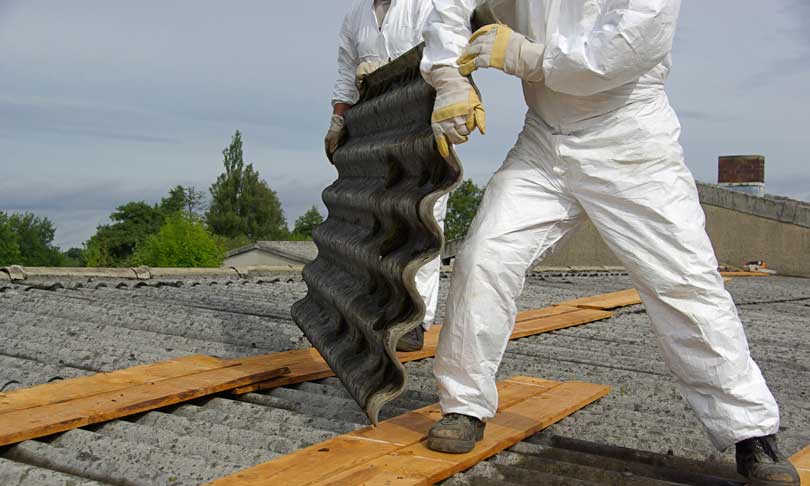 Exposure to asbestos can cause serious, potentially life-threatening health problems.
Exposure to asbestos can cause serious, potentially life-threatening health problems.
Asbestos is a known carcinogen, or cancer-causing agent, and has been officially classified as such by the US Department of Health and Human Services and the EPA. If you suspect you have asbestos in your home or business, it is crucial that you get professional asbestos testing and asbestos remediation to eliminate the risks of developing serious health problems due to asbestos exposure.
Asbestos-Related Conditions
Asbestos-containing materials do not pose health hazards so long as the materials are intact. However, once the material becomes damaged or disturbed, tiny asbestos fibers can be released. These fibers can float around in the air for days. When you breathe them in, they lodge in your lungs, potentially leading to the development of serious health problems over time. The more fibers accumulate, the greater the danger.
Asbestos can cause increased risk of lung cancer, especially mesothelioma, which is a cancer affecting the membranes in the chest and abdomen. Exposure to asbestos may also result in asbestosis, or an inflammatory condition affecting the lungs. Individuals with asbestosis may experience shortness of breath, coughing, and lung damage. Nonmalignant lung disorders like thickening of the membranes in the lungs or accumulation of fluid between the lungs and the chest wall are also possible.
Risk Factors
Your risk for developing asbestos-related health problems depends on the following factors:
- Level of exposure
- Length of exposure
- Type of asbestos fibers
- Source of fibers
- Personal risk factors
In general, the more fibers you are exposed to, and the longer you are exposed to them, the higher your risk of developing cancer or mesothelioma. For example, workers who are exposed to high concentrations of asbestos dust on a frequent basis as part of their jobs are more likely to develop problems than an individual who simply visits a building with asbestos insulation once or twice. Studies have shown that amphibole (needle-shaped) asbestos fibers may be more dangerous than chrysotile (curly) fibers because they have a tendency to remain in the lungs for longer periods of time. Chrysotile fibers were more often used in building materials because they have greater tensile strength. Finally, there are personal risk factors to consider. For example, smokers or other individuals who already have lung or breathing problems are more likely to have severe problems when exposed to asbestos.
Preventing Asbestos-Related Conditions
The best way to prevent the development of asbestos-related medical conditions is to maintain an awareness of the materials you come in contact with. Asbestos removal workers or contractors who work on older homes should take proper precautions, and home and business owners should immediately seek professional assistance to remove and dispose of any asbestos-containing materials on their property. Don’t fall into the trap of believing that out of sight out of mind applies to asbestos. Asbestos fibers from the basement or other infrequently used parts of your home can travel through your ventilation system and contaminate other parts of your home. Be proactive and get your asbestos removed right away.











